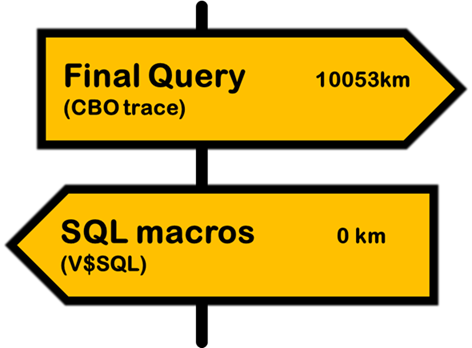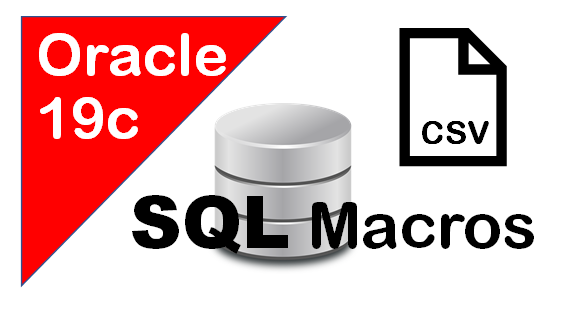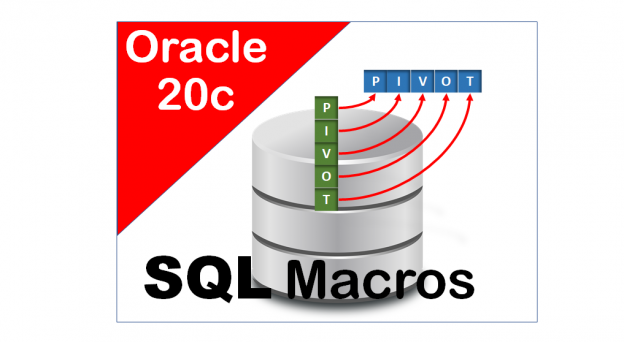This second part of the “less obvious facts” series is about the COLUMNS pseudo-operator. It has been introduced in 18c as one of the variadic pseudo-operators, intended to operate with a variable number of operands. Unfortunately, no other pseudo-operators have been introduced since then, so that it is worth looking at what exactly the COLUMNS operator is, how to use it and how it can potentially be “misused”.
Continue reading









